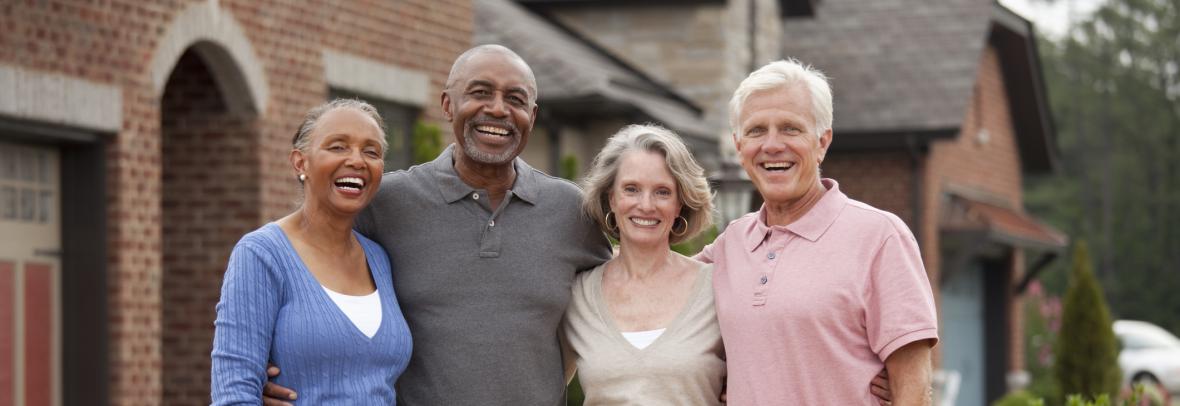
Recently aware that some communities have historically been one race or another, an increased number of buyers are adding “racially diverse neighborhood” to their list of must-haves. But that doesn’t always help lower-income neighborhoods if it causes gentrification and rising home prices.
NEW YORK – More homebuyers and renters across the United States are looking for socially, racially and culturally diverse communities to live in. Developers are responding to this by formulating strategies to list more-inclusive properties on the market, like combining affordable units with market-rate homes, adding space for resident services and incorporating neighborhoods in planning.
Others aim to soften the negative effects of gentrification, with California-based architecture firm Studio One Eleven spurning any projects that directly displace existing residents from a neighborhood.
“Developers – for profit, market rate or mixed income – are thinking deeply about issues of social equity and doing the best they can to address some of these broader societal issues we’re all talking about,” says the Urban Land Institute’s Rachel MacCleery.
These strategies align with the changing makeup of the American population, characterized by more people identifying as multiracial and more mixed marriages.
Maryland-based Urban Atlantic is developing a mixed-income community for both affluent and low-income residents in Washington, D.C., in partnership with Houston-based Hines and Washington-based Triden Development.
Real-estate companies say projects with social benefits also boast economic incentives, including tax rebates.
Still, in a 2020 Urban Land Institute survey, many real estate professionals are reluctant to include social considerations in planning new projects, citing higher costs, few implementation strategies and limited time or capacity.
Source: Wall Street Journal (10/13/21) Rohwedder, Cecilie
© Copyright 2021 INFORMATION INC., Bethesda, MD (301) 215-4688
Go to Source
Author: kerrys



